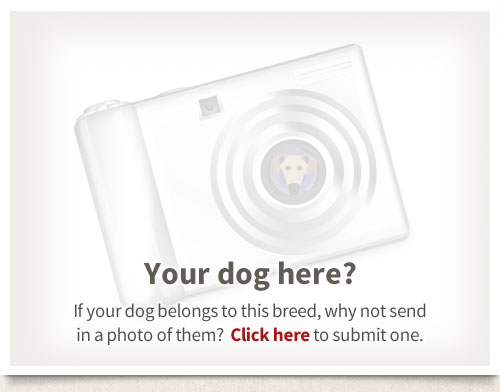Origin
While the Finnish Lapphund has been found around Northern Scandinavia (and the Karelian district of Russia) for centuries, it was only officially recognised as a breed in 1944. Sweet looking as the Finnish Lapphund might be, he was actually bred to be an extremely hardy dog. He would need to be in order to cope with the gruelling climate and temperatures of Lapland - where he was used to herd reindeer, and after a hard day's work, as a capable guard around the home. He was also used for hunting, when the need arose, but his primary task was that of a herder.
Character
The Finnish Lapphund is an affectionate, sweet dog who is ideally suited to an outdoorsy type of family. They are devoted, strong, calm, and good around children but do have an innate desire to herd, so would need some watching out in the countryside or with the very young. Due to their background they can be used as a watch dog or can even be trained in PP (and some people may still be using them for hunting). Above all they make a great companion dog, and as an added bonus (depending on how you look at it) they're not as vocal as some of the other spitz breeds.
Exercise
The exercise requirements of the Finnish Lapphund is not extensive, but he will need fairly long daily walks to keep him fit in body and mind. He will also enjoy the opportunity to run off-lead if a secure area can be found for this purpose. Playing ball games or throwing frisbees is a good way to provide him with exercise and to give him the pleasure of interacting with you. He is a quick, nimble dog and can do very well at agility sports.
Training
Basic obedience training should be commenced at a young age. This will provide mental stimulation and also ensure that he becomes an agreeable member of the household and acceptable to wider society. The Finnish Lapphund is an intelligent breed and he will quickly learn what is required of him if consistency is applied. Positive reinforcement using treats and praise will bring out his eagerness to learn and his willingness to please. Harsh handling and strong verbal discipline are unnecessary and may be met with resistance. Such methods will erode trust and respect and will result in a dog that obeys through fear rather than through willing compliance. Socialization, which is the process of introducing the puppy to various people, places, noises, situations, other animals, should be started as early as possible. The adequately socialized dog will mature into a friendly, confident, well mannered adult and a credit to his breed.
Health
- Hip Dysplasia
- Progressive Retinal Atrophy (PRCD-PRA)
- Eye conditions including GPRA and HC
- PHPV
- PPM and MRD.
Pictures
Some photographs of the Finnish Lapphund...





